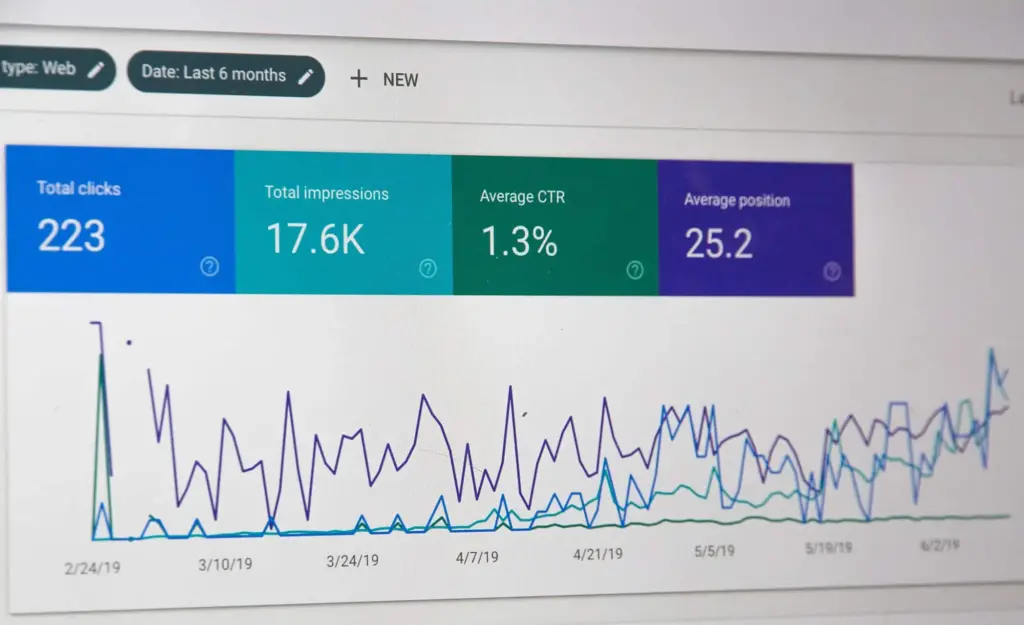Building your own e-commerce store has never been easier. As a result, online retail has also become highly competitive. You can build a great website with all of the great tools we have available today, but it is important to know the a few of the basic practices to help drive sales and traffic to your store.
This is part 2 of 2 blog posts that will cover how to optimize your WooCommerce store. Our first blog post covered how to increase sales for your new store. We hope that going over these two topics will help your store become more successful and more profitable.

Optimize Product Titles and Descriptions With Keywords
Optimizing your product titles and descriptions is crucial for improving your search engine rankings. Make sure to include relevant keywords in your titles and descriptions but avoid keyword stuffing. Your product titles and descriptions should be informative and compelling, not just a list of keywords.
Long-tail keywords are more specific and less competitive than short-tail keywords, making them an excellent choice for product titles and descriptions. Use keyword research tools to identify relevant long-tail keywords for your products.
Duplicate content can harm your SEO, so it’s essential to write unique product descriptions for each product. Avoid using the manufacturer’s descriptions, as these are likely used by many other stores. Instead, write your own descriptions that highlight the unique features and benefits of your products.
Use SEO-friendly URLs
WooCommerce allows you to customize your product URLs, making them more SEO-friendly. Instead of using the default URLs, which often include numbers and symbols, use descriptive and keyword-rich URLs that accurately describe your products. Search engines read hyphens as spaces, so use hyphens to separate words in your URLs. Avoid using underscores, as search engines read them as a single word.
Optimize Images
Images can also impact your search engine rankings, so it’s essential to optimize them for SEO. Make sure to use descriptive file names and alt tags for your product images. This not only helps with SEO but also improves accessibility for visually impaired users. Make sure that these images are also compressed and formatted well for mobile as well as desktop. Alt text is used by search engines to understand the content of an image. Make sure to use relevant and descriptive alt text for your images, including relevant keywords where appropriate.
Use Schema Markup
Schema markup is a type of structured data that helps search engines understand the content on your website better. By adding schema markup to your product pages, you can provide search engines with more information about your products, such as price, availability, and reviews. This can help improve your visibility in search engine results pages (SERPs).
Product schema is a specific type of schema markup designed for e-commerce sites. It includes fields for product name, image, description, price, availability, and more. Make sure to use product schema on your product pages to provide search engines with detailed information about your products.
After adding schema markup to your site, make sure to test it using Google’s Structured Data Testing Tool. This tool can identify any errors or issues with your markup, helping you ensure it’s correctly implemented.
Optimize for Site Speed
Site speed is a crucial factor in both user experience and SEO. A slow-loading website can lead to high bounce rates and lower search engine rankings. Make sure to optimize your WooCommerce site for speed by compressing images, using caching plugins, and choosing a reliable hosting provider.
A CDN can significantly improve your site’s speed by storing copies of your site on servers around the world, reducing the distance between the server and the user. Consider using a CDN to improve your site’s speed and performance.
Content Optimization
Content optimization is another essential aspect of SEO that can help improve your search engine rankings and drive more traffic to your site. Keyword research is the process of identifying the keywords and phrases that your target audience is using to search for products or services similar to yours. By conducting keyword research, you can identify the most relevant and high-volume keywords to target in your content. Keyword research tools can help you identify relevant keywords and analyze their search volume and competition. Some popular keyword research tools include Google Keyword Planner, SEMrush, and Ahrefs. Analyzing your competitors’ keywords can provide valuable insights into the keywords that are driving traffic to their sites. Use competitor analysis tools to identify the keywords your competitors are targeting and consider targeting these keywords in your own content.
Create Better Content
High-quality and informative content can not only improve your search engine rankings but also establish your brand as an authority in your industry. Make sure to create content that is relevant, valuable, and engaging for your target audience. In-depth product guides can provide valuable information to your customers and help improve your SEO. Considfer writing detailed guides that explain how to use your products, provide tips and tricks, or answer common questions. Blog posts are another great way to provide valuable content to your audience and improve your SEO. Consider writing blog posts on topics related to your products or industry, and make sure to include relevant keywords in your content.
Internal Linking
Internal linking is the practice of linking to other pages on your website within your content. This not only helps with website navigation but also improves the overall structure and organization of your site. Make sure to use relevant and descriptive anchor text when linking to other pages on your site. Linking to related products within your content can help improve your SEO and drive more sales. Consider linking to related products in your product descriptions, blog posts, and other content.
Social Media
Social media can be a powerful tool for promoting your content and driving traffic to your WooCommerce site. Make sure to share your content on social media platforms and engage with your audience to increase visibility and reach. Sharing your content on social media can help increase its visibility and reach. Make sure to regularly share your blog posts, product guides, and other content on your social media channels.
In conclusion, updating a WooCommerce site for both sales and SEO requires a combination of techniques and strategies. By following the tips outlined in this article, you can improve the user experience, drive more sales, and increase your search engine rankings. Remember to regularly monitor and analyze your site’s performance to make necessary adjustments and continue to optimize for success. Sales optimizations never end, so keep at it and monitor your progress. Good luck!
Author: John Sang
https://www.proteusthemes.com/blog/seo-for-e-commerce/

